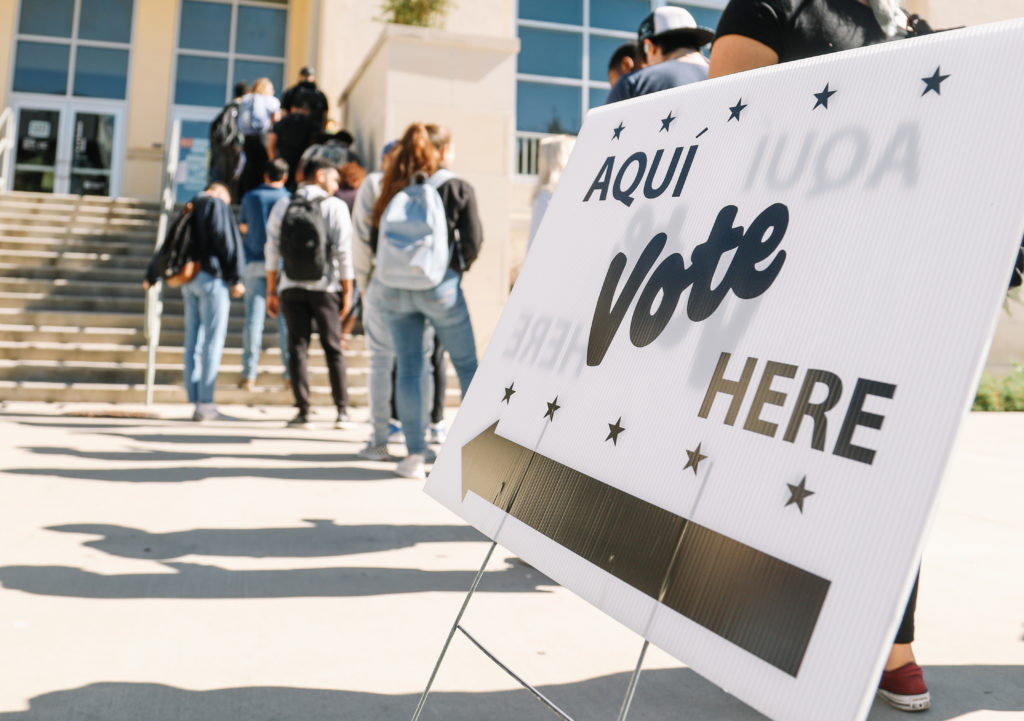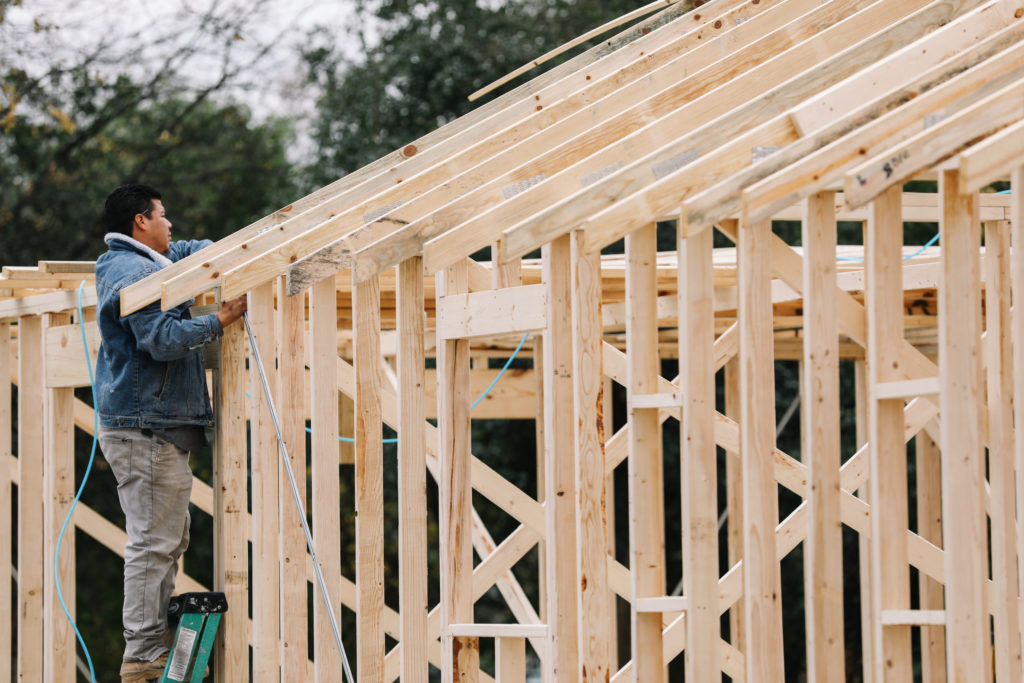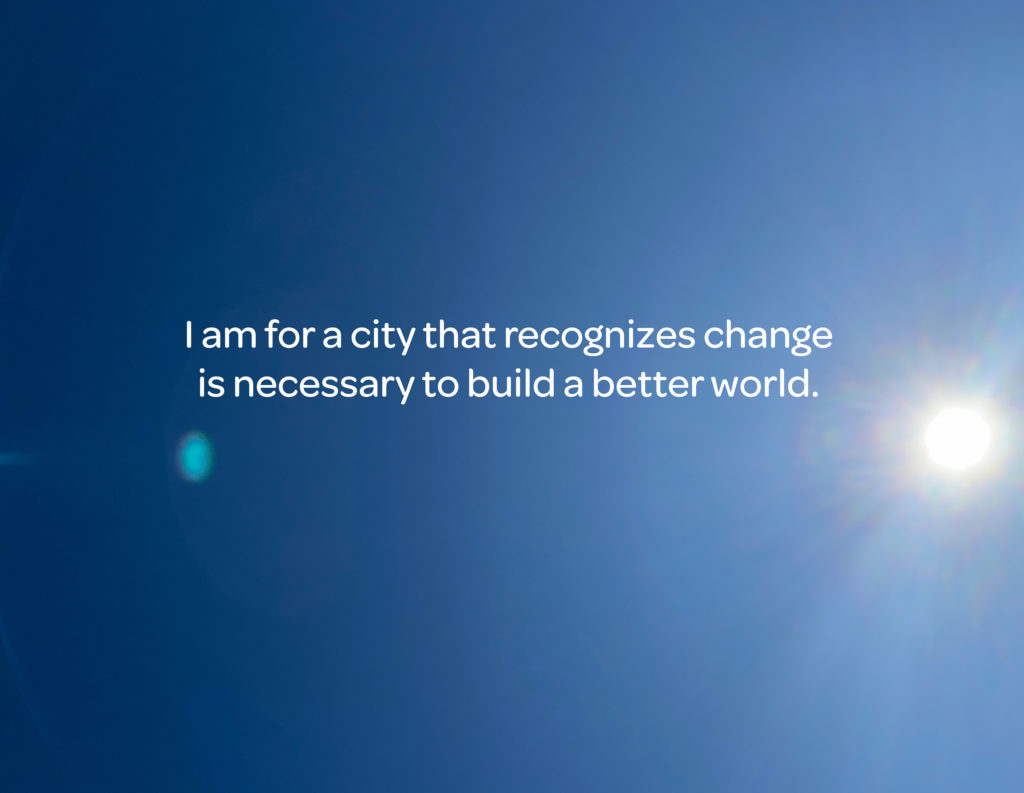As of January 29, 2021, 2,027 people have lost their lives to COVID-19 in Bexar County. While there is not a complete list naming those we have lost, we know this number includes family members, neighbors, co-workers, educators, students, frontline employees, and friends. To those who have lost a loved one during this pandemic, we will work hard to ensure that the Community Vision is realized. To those we have lost, we will continue to honor your lives.
San Antonians have set the precedent that we will envision the future together every ten years. In the face of a global public health crisis, more than 12,000 San Antonians reaffirmed and strengthened the shared Community Vision through 2030, doubling engagement over the original visioning process in 2010. You can see a fuller picture of who participated on the Community Engagement dashboard.

At SA2020, while we have updated our look, we have kept our organization’s name. SA2020 started as the shorthand for San Antonio’s shared Community Vision and became the name under which we operate as a nonprofit. Holding onto that name honors the original visioning process and solidifies the organization’s continued work in holding institutions and the community at large accountable to shared goals.
The original desired results and many of their corresponding indicators were written and prioritized in a community visioning process led by then-Mayor Julián Castro in 2010.
The Community Data does not offer much real-time data through 2020 because this data largely lags by one-to-two years. The trended data does give critical insight to understanding how San Antonio has made progress—even incrementally—and where institutions across sectors must double down to deliver race-conscious, targeted policies, investments, and services. Bold efforts throughout the last decade prove what San Antonians are capable of achieving when working together toward a shared goal.
SA2020’s newly designed website covers the most recent data available from 31 various sources and includes 60 total indicators, as outlined below. (Want this in book form? You can purchase a 2020 Community Impact Report. We also have an overview of our methodology and sources, if you’re as nerdy as Team SA2020.)
Nineteen indicators have data updated through 2020. Of these:
- 16% (3) met the 2020 goal
- 84% (16) did not meet the 2020 goal
Forty-one indicators have data updates ranging between 2016 and 2019. They are updated with the most recent data available as of January 10, 2021.
- 41% (17) are on track to meet the 2020 goal
- 29% (12) are making progress, but not at the rate to meet the 2020 goal
- 29% (12) are flat or getting worse
Two of the indicators—complete streets and income segregation—were removed from the 2020 update due to continued challenges with the source/measurement. In the next year, SA2020 will work to identify stronger measures.
To look at these indicators as merely moving up or down, masks the more complete story of targeted efforts that have driven real change over the last decade. Within the overview of each result and indicator, you’ll see room for celebration and learning, even when the 2020 goal was not met.
In Arts & Culture, for example, though the City of San Antonio didn’t double its investment in the arts, local government investment grew by 38% between 2010 and 2020. Additionally, while San Antonio didn’t hit the goal for attendance in 2020 due to the COVID-19 crisis, attendance in arts and culture events surpassed the goal in four different years over the last ten. In 2019 alone, attendance at arts and cultural events was 17% higher than the desired 2020 goal.

In Civic Engagement, while municipal voter turnout in 2019 came just short of the 2020 goal, between 2011 and 2019, San Antonians nearly doubled their turnout in the municipal election. Then, in 2020, Bexar County saw its highest voter turnout ever in the presidential election. Plus, while the representation of appointed officials didn’t meet the 2020 goal, the percentage of people of color grew on boards and commissions to nearly level with San Antonio area demographics. Additionally, City Council, as of 2019, San Antonio elected a Council with a majority of women of color, marking only the second time women have held the majority on City Council. Then, in 2020, two women were elected to Bexar County Commissioner’s Court, marking the first time in two decades that a woman had served, and marking the first time ever that a woman of color served as a commissioner.
In Downtown, there was an influx of development of multi-family housing units and employment, yet people living downtown remained relatively stagnant. As UTSA grows its downtown footprint and brings more college students into San Antonio’s center city, a push for livability will allow us to see if the development of downtown over the last decade enables more San Antonians to call it their home into this next.
In Education, a shift in the timing and demographics of the Early Development Instrument (EDI) may have influenced the progress of kindergarten readiness. Yet the overwhelming support of continued funding for Pre-K 4 SA in the November 2020 election and positive student outcomes show San Antonio is on the right track in prioritizing early childhood education.
In Environment Sustainability, San Antonio’s air quality did not hit the goal for 2020, yet areas like energy and water use, Low Environment Impact Development, and renewable energy already exceed the 2020 goals. Between these indicators and the City of San Antonio’s Climate Action and Adaptation Plan, San Antonio shows a serious commitment to meeting the ongoing work of mitigating climate change.
In Neighborhoods, San Antonio didn’t quite make its goal for access to parks, but 43% of San Antonians have measurable park access today in comparison to 32% in 2010.
We also know we have more work to do as we move into a new decade of progress.
Family violence has been on the rise since 2010. While there was a 17% reduction of property crimes from 2010-2019, violent crimes grew by 57%. The Collaborative Commission on Domestic Violence, a cross-sector effort, produced a five-year comprehensive plan in 2019 to reduce family violence.

Housing affordability continues to plague San Antonio, even as our community is one of the top cities for housing sales. Homelessness, while better today than in 2010, shows an ongoing need to limit the time San Antonians spend on the streets and further curb homelessness for youth. Affordable housing will be a key component to San Antonio’s recovery from COVID-19.
Employment in target industries and newer businesses has shown positive growth over the last decade, and the COVID-19 pandemic highlighted the historic inequities of college attainment and workforce development, as enrollment and attainment of certificates and degrees flatlined over the past decade. Efforts coming out of San Antonio’s higher education institutions like AlamoPROMISE, UTSA Bold Promise, Texas A&M University San Antonio’s ASPIRE, and Trinity University’s partnership with SAISD show promise for targeted approaches to supporting students. Voters also showed an overwhelming desire to see investment in workforce development by approving funding for SA Ready to Work in November 2020.
Transportation indicators have proven difficult to shift after decades of underinvestment in San Antono’s public transit system and a growing population. Then, in November 2020, voters overwhelmingly approved funding for VIA Transit and their project plan to Keep SA Moving. Increased accessibility, HOV lanes, and express service will help with shared goals to increase alternative transit use and decrease commute time as more San Antonians are given the option to opt out of single-occupancy vehicles.
This update is not a count of the indicators that have failed or succeeded. This update is an opportunity to see where institutions have successfully coordinated efforts, leveraged resources, and targeted investments toward shared goals and where they need to double down.
As we kick off a new decade of progress, throughout 2021, SA2020’s Community Data will include the complete indicators from the original visioning process (2010-2020) alongside results you strengthened for the next decade (2021-2030). SA2020 will begin finding sources for new indicators you prioritized and will ultimately discontinue those that no longer provide the necessary measurement.
The strengthened Community Vision has shifted from eleven Community Results to nine based on the San Antonians’ feedback. Community Safety and Family Well-Being are no longer stand-alone areas, but rather incorporated into areas that measure community, civic engagement, and neighborhoods.
The new results are as follows:
- In 2030, San Antonio leads the world as a creative community. Here, the arts are integral to culture, history, and global connection. The arts strengthen the health of our community, help drive our economy, and enhance our quality of life.
- In 2030, our entire community takes responsibility for our collective well-being. San Antonio fosters leaders across the community who collaborate to reach shared goals. Institutions across sectors value community-based knowledge and build trusted relationships.
- In 2030, Downtown is the heart of San Antonio. It is an inviting center of vibrant activity where San Antonians live, learn, work, and play, businesses flourish, and visitors return.
- In 2030, San Antonio invests in all students. We provide the best education in the nation and lifelong learning opportunities that cultivate critical thinkers and problem-solvers who proudly call San Antonio their home.
- In 2030, San Antonio is a model for responsible and responsive resource management. Recognizing the significance of natural resources to our well-being, We ensure a sustainable and resilient future through climate action and adaptation.
- In 2030, through world-class innovation, cross-sector collaboration, and business development, San Antonio ensures the economic well-being of the people who live here.
- In 2030, San Antonio neighborhoods are welcoming, safe, and affordable. They provide the foundation for smart growth and prosperous futures for those who live in them.
- In 2030, San Antonians are among the healthiest in the nation in a community that provides comprehensive support and resources for physical and mental lifelong well-being.
- In 2030, San Antonio’s multi-modal transportation system is safe, accessible, and convenient. Reliable transportation meets community needs, connecting everyone who walks, rides, drives, or wheels to their desired destination.
After 2021, we will discontinue tracking the following indicators:
- Satisfaction with community safety
- Satisfaction with arts and cultural offerings
- Police emergency response times
- Downtown housing units
- Employment in target industries
- Employment in STEM occupations
- Income segregation
- Premature deaths
- Inner-Loop housing construction
- Walkability
- Complete streets
In some instances, like employment in target industries or complete streets, we found the measure too limited to show us whether we were moving closer to the result you articulated and will replace these with new measures. In other instances, like police response times, the measure is really an evaluation of a particular program or organization and should be tracked and reported by that organization.
During 2021, we will work to find the right measurement for the following indicators you helped prioritize:
- The ratio of historic buildings preserved or maintained
- Median household income
- Median wage
- Industry composition
- Adult literacy
- Water quality index
- Mental health emergencies
- Sidewalk accessibility
- Housing and Transportation (H&T) Affordability Index
- Public transit accessibility
- Travel Time Index
- Micro-mobility access
- Connectivity of park trails
We have more work to do, collectively, and the entire team at SA2020 is honored to do that work in partnership with the community. We are happy to partner with Mark Menjivar to highlight Under One Sky, a project made in collaboration with more than 500 students and teachers from the CAST Schools Network. During this time of physical distancing, students were invited to take photographs of the sky above their homes to symbolize that we, though physically apart, remain together under one sky. Students were also invited to imagine the kind of city they want San Antonio to be through a manifesto writing workshop where they completed the sentence stem, “I am for a city that…”

We believe the lessons learned from the past ten years of driving progress toward San Antonio’s shared Community Vision offers strategies for how to sustainably recover from the COVID-19 crisis and drive progress over the next decade. At SA2020, we are for a city that takes shared responsibility for our collective well-being.

